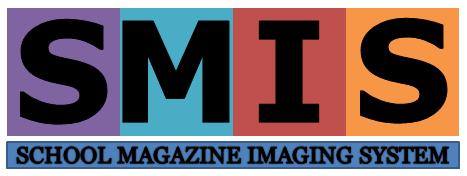Project Overview
We choose school magazine as our main material to be digitize because we see this kind of materials are rarely digitized. In addition, the school magazine is paper based materials which can deteriorate quickly if not properly stored. Furthermore, the development of technology nowadays tend people to access the information through the technology devices. So with our digitization project system, this means school students, alumni, and other interested parties will be able to read any edition of the school magazine in digitization, and even search the archive for mentions of them or their family
For the starting, we choose Sekolah Menengah Kebangsaan Convent Klang, Selangor as our institution because this school is one of the heritages and have historical value school in Klang. Since the school is established in year 1924, we realize that the school have many collections that need to be preserve for future references.

Every organization generates large amounts of paper and electronic documents. We have all developed our own ways to store important files, yet things continue to get misplaced. Everyone knows the frustration of not being able to find a file right when we need it most.
Traditional methods of storing paper and electronic records require a great deal of effort to manage, distribute and find those documents. As the number of files grows, the time and effort required to manage them also increases. Document imaging revolutionizes the archival of information and provides the means to rapidly find retrieve and share all documents in your system. Just as the Internet has boomed in popularity because of the fast access it provides to information stored in web pages, document imaging systems provide tremendous value because of the fast access they provide to information stored within an organization’s documents.
Some organizational leaders face technological changes and implementation with extreme trepidation. In today's rapid technology world, organizations face few challenges that may be more disconcerting than the task of converting their paper files, documents and other legacy material information into digital format while simultaneously managing day-to-day activities.) To have this transition occur without further degradation of access to allied documents and active files are even more of a concern during the conversion process. It would appear that that is never a 'good time' or seemingly and 'easy transition process' that will not impede what is considered the normal flow of operational effectiveness on the part of an organization.



